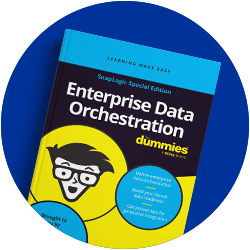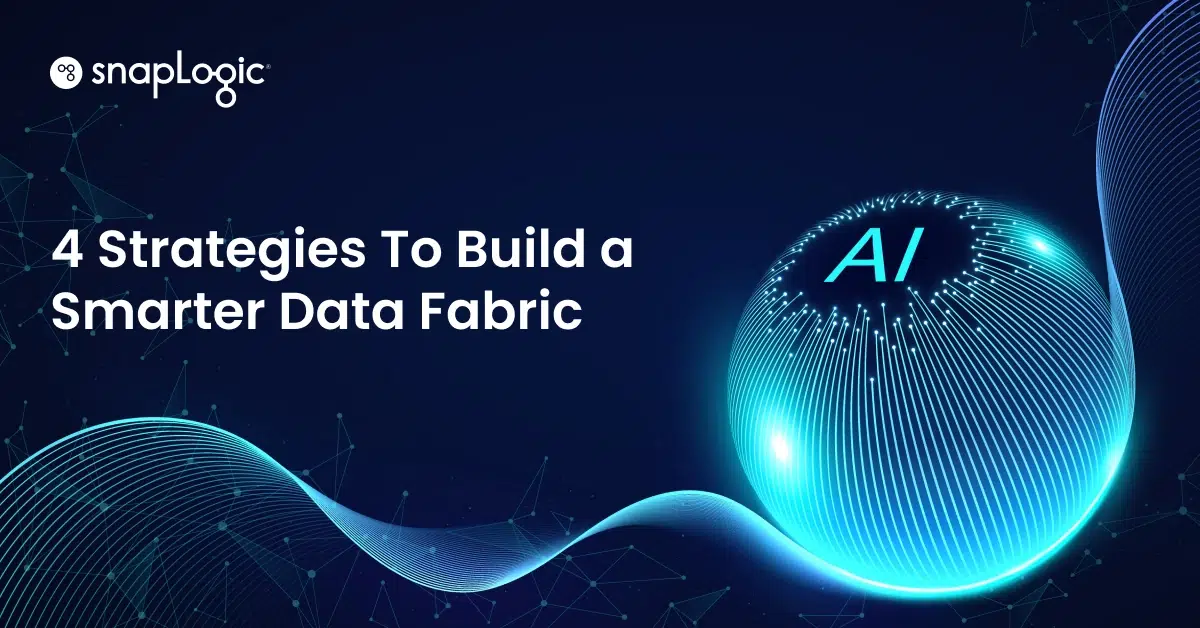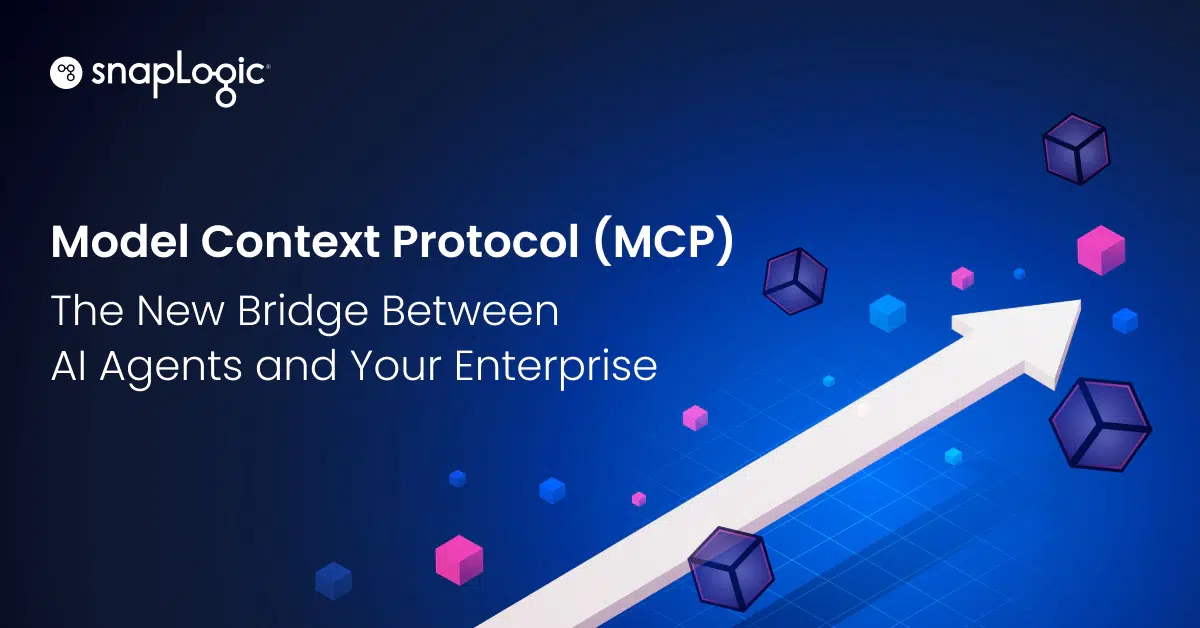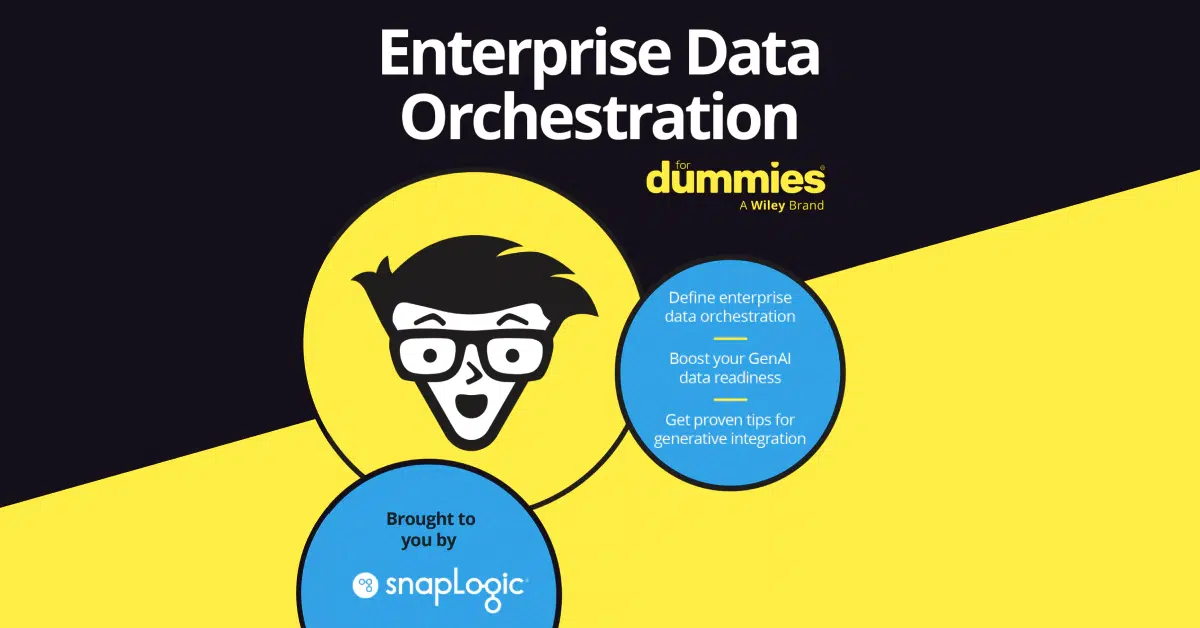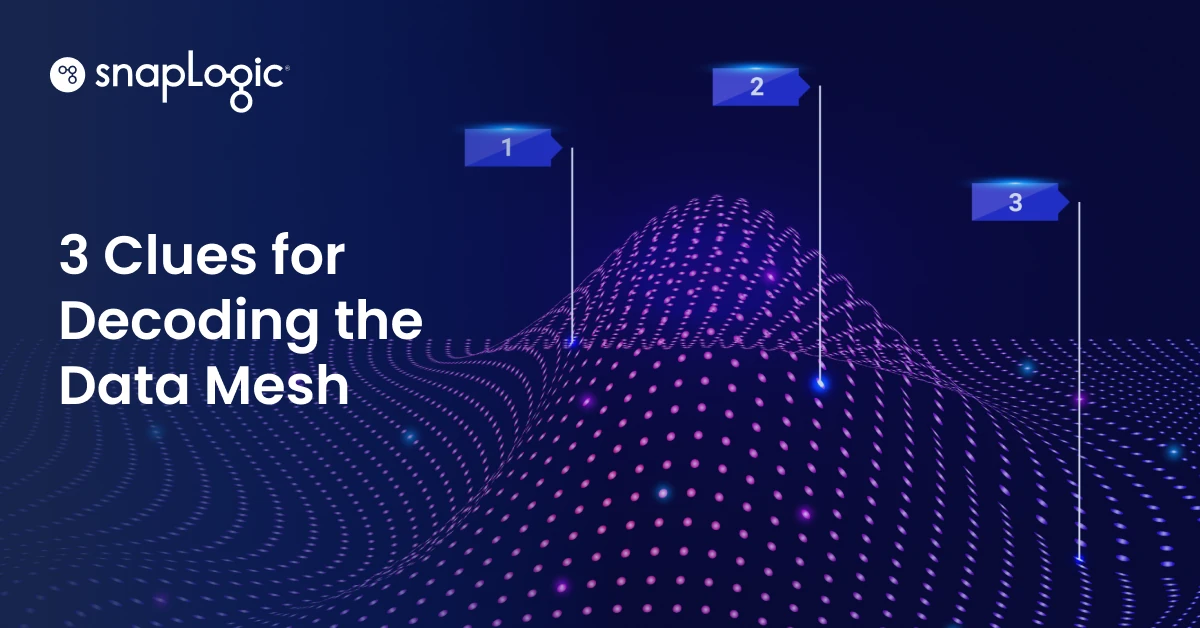Unternehmen haben schon immer versucht, sich einen umfassenden Überblick über ihre riesigen Datenbestände zu verschaffen, aber das Wachstum sowohl der Datenmenge als auch der Datenvielfalt hat diese Versuche stets vereitelt. Der Wunsch nach einer einheitlichen Perspektive hat mit dem Aufkommen der generativen KI, die von Daten lebt, eine neue Bedeutung erlangt.
In unserem jüngsten Webinar Collaborative Data and AI Engineering Using AI-Assisted Data Fabric hatte ich das Vergnügen, dieses Thema mit Mike Ferguson, CEO von Intelligent Business Strategies und einem der führenden Experten für moderne Datenarchitekturen, zu diskutieren.
Ein Ansatz, der sich immer mehr durchsetzt, ist die KI-gestützte Data Fabric, die Teams dabei unterstützt, die Integration zu vereinfachen, Silos aufzubrechen und schneller wiederverwendbare Datenprodukte zu erstellen. Es handelt sich dabei zwar nicht um eine Einheitslösung, aber sie bietet praktische Möglichkeiten, um Engpässe zu beseitigen und den Entwicklungsteams die Flexibilität zu geben, die sie benötigen, um die sich schnell verändernden Geschäftsanforderungen zu erfüllen.
Im Folgenden finden Sie vier wichtige Erkenntnisse aus unserem Gespräch mit Mike Ferguson darüber, wie Entwicklungsteams intelligenter arbeiten und schneller Werte schaffen können.
1. Beginnen Sie mit dem "Warum": Verankern Sie Ihre Datenstruktur in den Geschäftsergebnissen
Mike betonte, dass Data Fabric mehr noch als andere Technologiearchitekturmodelle nicht nur eine Reihe von technischen Fähigkeiten darstellt, sondern sich speziell darauf konzentriert, eine schnellere Wertschöpfung aus Daten- und KI-Initiativen zu erzielen, deren Erfolgskriterien vom Unternehmen und den Endbenutzern bestimmt werden. Bevor Sie sich in Tooling- oder Architekturdiagramme stürzen, ist es daher wichtig, sich mit den Geschäftsinteressenten über die spezifischen Ergebnisse abzustimmen, die Sie zu erreichen versuchen:
- Möchten Sie Ihre Analysen beschleunigen, um intelligentere Entscheidungen zu treffen?
- Müssen Sie manuelle Datenflüsse automatisieren, um die betriebliche Effizienz zu steigern?
- Oder liegt Ihr Schwerpunkt auf der Unterstützung von KI/ML-Modellen mit sauberen Echtzeitdaten?
Strategie: Erstellen Sie eine Wertetabelle, die die Data-Fabric-Funktionen mit spezifischen Geschäftsprioritäten verknüpft. Auf diese Weise können Sie die Akzeptanz erhöhen und das Projekt auf eine bestimmte Wirkung ausrichten.
2. Vorrang für Selbstbedienung und teamübergreifende Zusammenarbeit
Ein häufiger Engpass bei Dateninitiativen ist die Übergabe zwischen Dateningenieuren, Datenwissenschaftlern und Geschäftsanwendern. Data Fabric kann diese Silos aufbrechen, indem es Low-Code/No-Code-Schnittstellen, metadatengesteuerte Automatisierung und geregelten Zugriff auf vertrauenswürdige Daten bietet.
Mike bezeichnete dies als "Demokratisierung des Data Engineering" - eine Verlagerung von zentraler Kontrolle zu kollaborativen Datenoperationen, an denen mehrere Rollen teilnehmen können. Diese Änderung der Denkweise ist entscheidend, um den Misserfolg perfekter Architekturmodelle zu vermeiden, die in der realen Welt dennoch keinen Erfolg und keine Akzeptanz finden.
Strategie: Investieren Sie in Plattformen, die sowohl die technische Erweiterbarkeit (für Ingenieure) als auch die Benutzerfreundlichkeit (für Analysten und Bürgerintegratoren) unterstützen. Bei SnapLogic haben wir gesehen, dass Kunden erfolgreich sind, wenn sie mehr Menschen in die Lage versetzen, ihre eigenen Datenflüsse zu erstellen und zu verwalten, ohne dabei die Governance zu opfern.
3. Automatisieren Sie die schwere Arbeit mit KI-gestützter Datenstruktur
Manuelle Integration und Datenaufbereitung sind für das heutige Geschäftstempo zu langsam. An dieser Stelle kommen KI und Automatisierung ins Spiel. Mike hob hervor, wie KI-gestützte Datenstrukturierung aussehen kann:
- Empfehlen Sie Datenpipelines auf der Grundlage von Mustern.
- Automatische Erkennung und Behebung von Schemaabweichungen.
- Orchestrieren Sie komplexe Workflows in hybriden und Multi-Cloud-Umgebungen.
Strategie: Nutzen Sie Plattformen, die KI-gestützte Vorschläge und Automatisierung in Ihre Integrationsworkflows einbringen. Die KI-Funktionen von SnapLogic beispielsweise helfen Teams, die Entwicklung zu beschleunigen und Fehler zu reduzieren, während Ingenieure für höherwertige Aufgaben freigestellt werden.
4. Design für Skalierbarkeit und Zukunftssicherheit
Schließlich ist eine Data Fabric kein einmaliges Projekt, sondern eine sich entwickelnde Architektur. Mike forderte Unternehmen auf, bei der Entwicklung auf Modularität und Kompositionsfähigkeit zu achten, damit sie sich an neue Datenquellen, Anwendungen und KI-Workloads anpassen können, sobald diese auftauchen - und wenn unweigerlich neue Geschäftsanforderungen hinzukommen.
Strategie: Wählen Sie eine Integrationsplattform, die alle Ihre Systeme und Daten problemlos miteinander verbinden kann, unabhängig davon, ob sie sich vor Ort, in der Cloud oder in beiden befinden. So können Sie problemlos neue Tools hinzufügen und mit dem Wachstum Ihres Unternehmens Schritt halten.
Aufbau einer Strategie für Ihre Datenstruktur
Um in der KI-Ära erfolgreich zu sein, müssen Unternehmen ihre isolierten Tools und bruchstückhaften Architekturen überwinden. Das rasante Tempo des Wandels bei den technologischen Möglichkeiten und den geschäftlichen Gegebenheiten bedeutet jedoch, dass keine Zeit für massive Plattformmigrationen und Neuarchitekturprojekte bleibt. Unternehmensarchitekten benötigen eine moderne Datenstruktur, die alle Systeme verbindet, mit denen sie heute zu tun haben, und alles, was morgen dazukommt, unabhängig davon, wo diese Systeme betrieben werden - vor Ort, in der Cloud oder am Rande des Unternehmens. Sie muss Teams in die Lage versetzen, ohne Chaos zusammenzuarbeiten, KI zu nutzen, um die Bereitstellung zu automatisieren und zu beschleunigen, und sich so schnell anzupassen, wie es das Geschäft erfordert.
Wir von SnapLogic sind stolz darauf, die einheitliche Plattform zu liefern, die diese Vision Wirklichkeit werden lässt.
Sie können sich das komplette Webinar auf Abruf ansehen, um Mike Fergusons Erkenntnisse aus erster Hand zu erfahren, oder das Whitepaper KI-gestützte Datenfabrik herunterladen, um einen tieferen Einblick in die Architektur und die Strategien hinter erfolgreichen Implementierungen zu erhalten.

